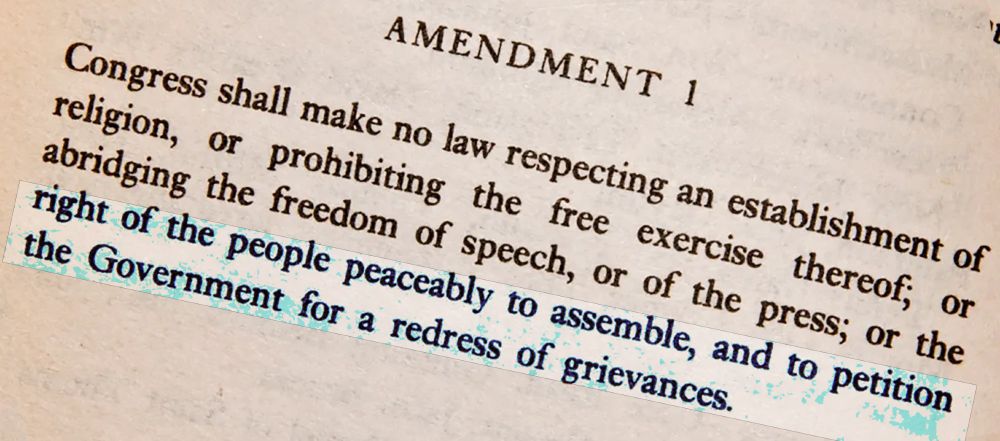
Conflict’s in the genes: The Dawn of the Planet of the Apes
Steven Jonas, MD, MPH
Dawn of the Planet of the Apes can be viewed on a number of different levels, possibly not all of them present in the minds of its makers. First, it can be viewed as a remarkable achievement in high-tech/special effects movie-making. It is one thing to see Andrew Serkis motion-captured as the chimpanzee leader Caesar, who becomes totally convincing (no masks here) and conversant in at least three languages: Simian sign language, human sign language (apparently), and English. (Being in California he may also speak some Spanish, but we do not have the opportunity to find that out). But it is quite another to see literally a multitude of totally life-like chimpanzees engaged in big-game hunting or swinging through the trees on their way to an engagement with a group of surviving Homo sapiens holed up in downtown San Francisco.
Second, it can be seen as a fairly conventional action-adventure movie, man vs. man-like ape, the latter being originally a lab creation of the former. (By the way, in terms of the story-line, except for a few names and superficial identities, the current “Planet of the Apes” series has nothing to do with the [original 1968 film] directed by Franklin J. Schaffer, with the screenplay by Michael Wilson and Rod Serling, that was based on the 1963 French novel La Planète des Singes by Pierre Boulle, and starred Charlton Heston, Roddy McDowall, Maurice Evans, and the most appealing Kim Hunter, or its then-successors.)
Third, it can be seen as a morality play, with a guess-which-group lives to a higher moral standard theme. Fourth, it can be seen as an essay in paleo-anthropology, which is how I have come to see it.

A group of Simians and a group of Homo sapiens are survivors of a world-wide, highly fatal infectious disease epidemic which the humans conveniently name the “Simian flu.” That it has nothing to do with the Simian population but rather was created in a Homo sapiens lab ([the recent CDC anthrax-smallpox episode], anyone?) is of course a product of the Homo sapiens media naming it the “Simian flu,” but what else is new?
The Simian population consists primarily of chimpanzees with few gorillas and one rather intelligent orangutan thrown in (the latter possibly being a throw-back to the Dr. Zaius character of the original). They lead a hunter-gatherer lifestyle in a communal setting. While they have one acknowledged political leader, Caesar, no one appears to have either a) any control over the hunting-gathering processes or b) any material advantages over anyone else. They also appear to not engage in inter-Simian violence, as a routine. When one episode of that sort occurs, an attack on Caesar, when the latter wins he condemns the perpetrator to death. Before he does so Caesar pronounces the profound words: “You are not an ape.”

The Homo sapiens population is classically Homo sapiens. They have guns aplenty and with few exceptions are ready to use them at a moment’s notice. Violence, against other species and within their own, is commonplace and for the most part fully accepted. This characteristic doesn’t show up in this particular scenario, because there are so few of them left (having somehow acquired immunity to the disease). But they are members of one of the very few species of animal on the planet that slaughters each other in numbers that have grown ever larger in the brief period of time that the species has existed in its so-called “civilized” mode of organization. They are devious, both with each other and with the Simians. Unlike the Simians, the Homo sapiens cannot exist for very long without converting one or more elements that they find in their environment into one or more goods and services. It is the struggle of the Homo sapiens to get to an abandoned dam that lies to the north of where the Simians live so that they can have electrical power that forms the basis of the plot-line. They are about to run out of power as the fuel supply for their generators runs out.
So the fundamental conflict in the movie is between an apparently egalitarian society of hunter-gatherers, which among other things rejects the use of use of intra-species violence, and the classic Homo sapiens society. There is no historical indication that if the latter would somehow manage to survive, it would not eventually revert to its economically hierarchical organization based on intra-species violence. Why? Because [as I have discussed elsewhere], what has happened in Homo sapiens history is that the ownership means of production that converts elements found in the environment into the goods and services that Homo sapiens needs/uses for survival has been in private hands. And it is that mode of ownership that eventually leads to violence within and between societies on a larger and larger scale.
I said in the introduction to this column that the movie could be seen as a parable of the conflict that took place tens of thousands of years ago, between the Homo species that we call “Neanderthal” and our own. [By the way, that name comes from the name of the valley in Germany where the original fossils of that species were found, the Valley (“thal” in German) of the German river “Neander.”)] It will be fascinating to see where the movie series goes with this one. And oh yes, the next sequel is set up at the end of the film.

There will eventually be a sequel to this column as well, dealing with three questions.
A) Apparently Homo sapiens and Neanderthals co-existed for tens of thousands of years. Is there evidence that the former killed off the latter over time, or did the former succeed them, simply through better adaptation to the shared environment over time?
B) Is there a gene or genes for intra-species violence in Homo sapiens that exists in few other species? (If they are to survive, all animal species need to have one or more violence genes directing activities at one or more other species.)
C) If Homo sapiens does have one or more intra-species survival genes is it selected for by the organization of Homo sapien communities around the private ownership of the means of production? A consideration of these questions will not be appearing your local theater any time soon.
Greanville Post Senior Contributing Editor Steven Jonas, the polymathic author of this article, has published hundreds of essays on politics, history, culture, health and economics, and penned more than 30 books. His essays normally appear on many venues on the web, including the leading political sites. Dr. Jonas’ latest book is The 15% Solution: How the Republican Religious Right Took Control of the U.S., 1981-2022: A futuristic Novel, Brewster, NY, Trepper & Katz Impact Books, Punto Press Publishing, 2013, and available on Amazon.




























